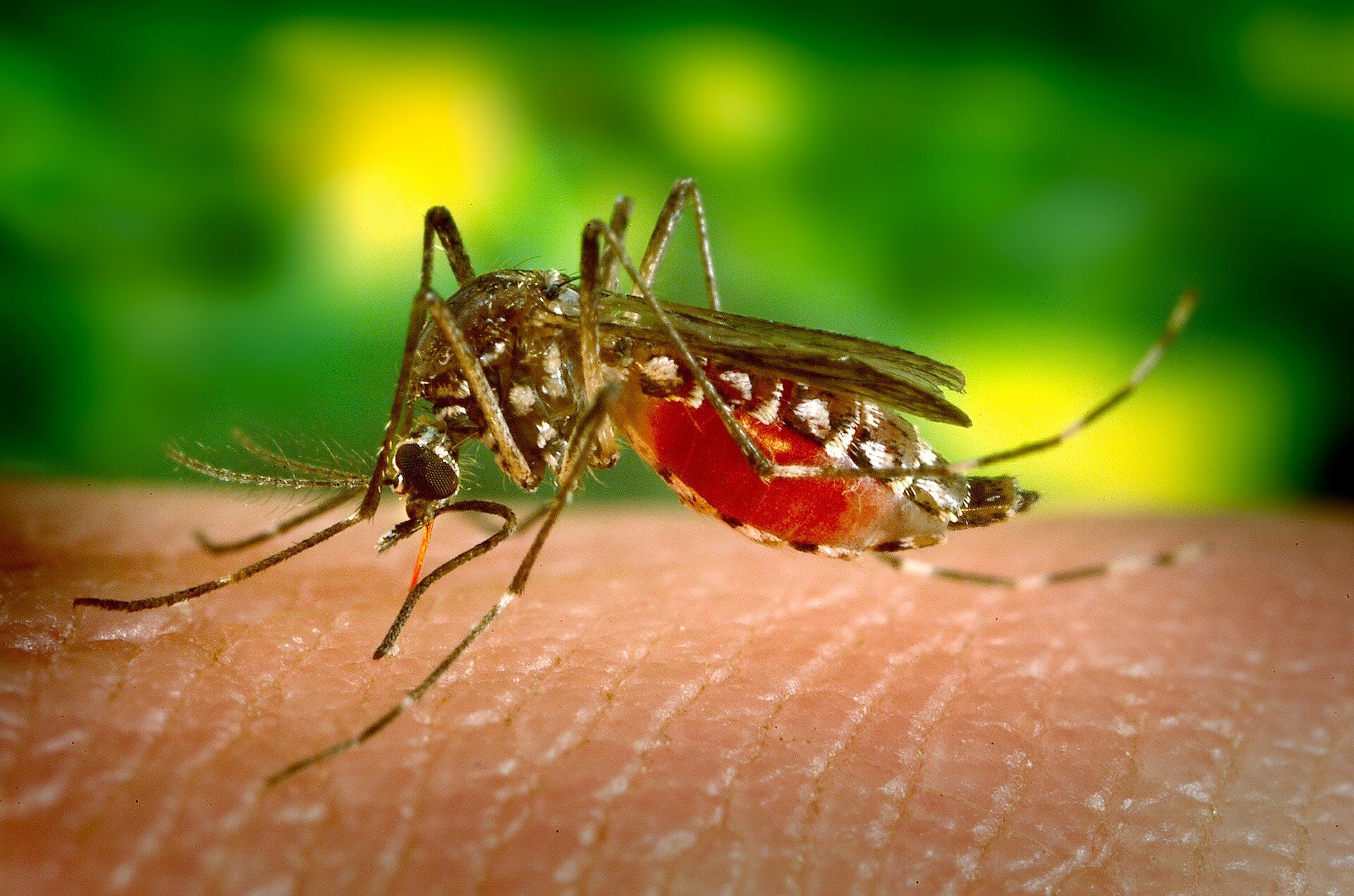Birds hold valuable insights on coexisting in popular habitats, especially in the face of climate change. However, unlocking this knowledge comes with a major challenge: understanding how numerous birds successfully live together in vast environments.
In a paper titled “An environmental habitat gradient and within-habitat segregation enable the co-existence of ecologically similar bird species” in the Proceedings of the Royal Society B, scientists at Michigan State University (MSU) have delved into big data to uncover real-life answers that were previously explored only in small-scale experiments.
Leading the research is Sam Ayebare, a Ph.D. candidate from Uganda, who aims to understand how so many birds can coexist in the vast Albertine Rift ecosystem region in east-central Africa. This biodiversity hotspot is home to more birds than anywhere else on the African continent.
“We want to understand how species—in this case birds—coexist without driving each other to extinction,” Ayebare said. “To protect a species, you must first understand where they are and why.”
Previous methods of studying how animals, birds, or insects use space relied on laboratory experiments or small plots of land. However, Ayebare and the Quantitative Ecology Lab at MSU recognized that valuable insights could be found in the vast amounts of data collected from 519 sampling sites across the Albertine Rift. By strategically selecting points of land across different environmental gradients, they were able to identify over 6,000 individuals from 129 bird species.
This observational data was then cross-referenced with specific information about temperature, rainfall, and dietary preferences, activity patterns, body sizes, and use of the forest canopy for food and shelter. The goal was to uncover the conditions that allow biodiversity to flourish and protect species.
Among their findings, the researchers discovered that birds partition their habitat use along environmental gradients such as temperature, precipitation, and forest vegetation types. Within prime habitats, birds of similar species divide up territory, utilizing different levels of the forest canopy. This data revealed the various strategies birds adopt to survive.
“Species have organized themselves over millions of years,” Ayebare said. “We want to develop ways to figure out what they will do next to survive.”
Translating big data into valuable insights requires tenacity, according to Elise Zipkin, the director of MSU’s Ecology, Evolution, and Behavior Program. Zipkin commends Ayebare’s familiarity with the area, which allowed him to ask important questions about bird species coexistence in the Albertine Rift.
The research team, which includes co-author Jeffrey Doser, Andrew J. Plumptre of BirdLife International and Cambridge University, Isaiah Owiunji of Kabale University in Uganda, and Hamlet Mugabe of Wildlife Conservation Society in Uganda, aims to contribute to the understanding and conservation of biodiversity.








